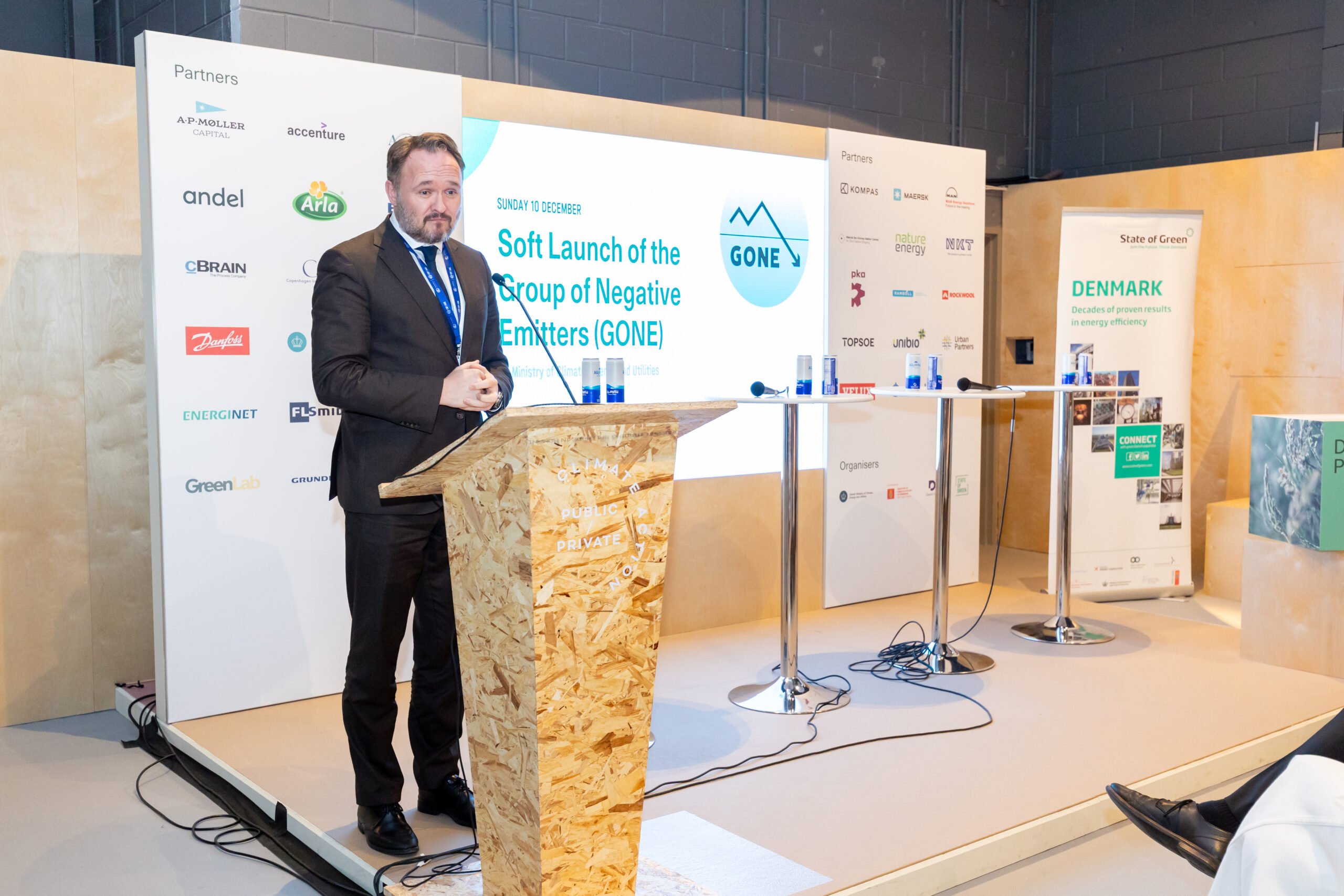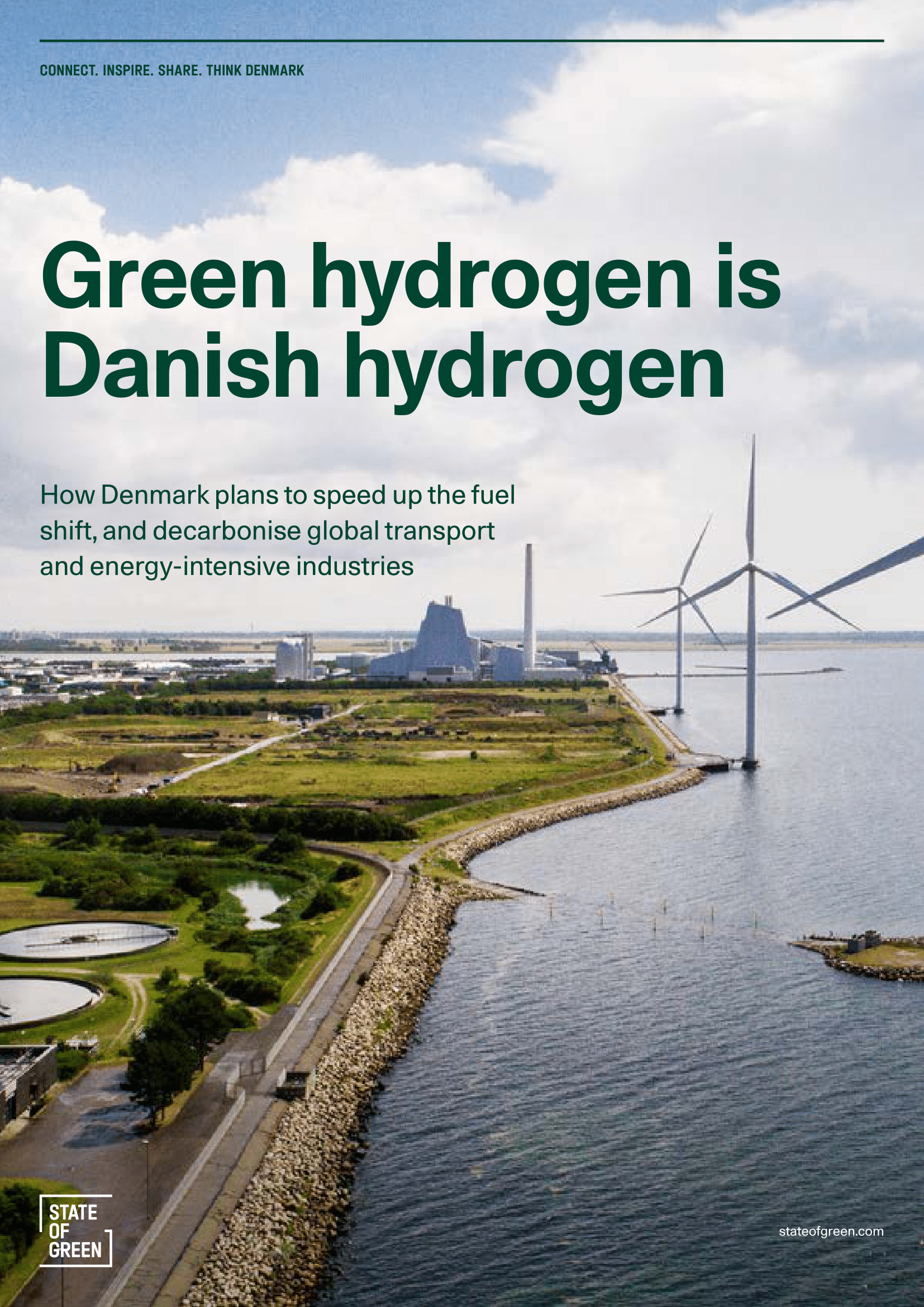News
Shipping and maritime
Green Shipping
Smart energy systems
+2
Danish ferries are riding the green wave


HH Ferries Group, the Danish shipping firm sailing round the clock between the cities of Helsingør and Helsingborg, has turned their Tycho Brahe ferry into the world’s largest electric ferry. Meanwhile, newly retrofitted hybrid ferries are connecting Copenhagen and Berlin on the Gedser-Rostock service and transporting from the people of Venø with the mainland.
- Within a foreseeable number of years, I expect there will be many more ferries running either entirely or partly on electricity. Though we are witnessing a fast technological development, it is important that the flow of Danish and European innovation investments continues, said Jakob Ullegård from Danish Shipping during a project day on electric ferries.
- Based in simple calculations, the electric ferries with a time of sailing of up to between 45 minutes and one and a half hours can cover approximately twenty to forty percent of energy consumption for ferry operations in Denmark, estimates Morten Stryg from Danish Energy Association.
- Related news: Danish Ferries Sail On Green Power
The world’s largest electric ferry
Due to the decrease in battery prices and cheaper electricity brought forth by the Danish parliament’s out-phasing of the PSO-fee in electricity bills and a reduction of electricity charges for all larger ships, ferry operations have grown significantly in popularity.
On the project day organised by the Danish Energy Association and Danish Shipping, the focus was on a number of practical cases and the challenges still present – whether or not the focal point is large ferries such as Tycho Brahe, smaller vessels such as Ellen, upcoming ones in Sæby on the island of Ærø, or harbour busses.
- Although Tycho Brahe sails on battery power, we are not yet where we want to be, says the industrial manager Jens Ole Hansen from HH Ferries Group and states that the key to success is to secure that power needed on board is provided as quickly as possible.
- Related news: 308 Per Cent Green Electricity
On the quayside in Helsingør and Helsingborg, Tycho Brahe receives an immense amount of power over the course of 5 to 10 minutes but there is still work to be done in order for the important robotic arm to connect the grid from Forsyning Helsingør and the Swedish colleagues with the ferry.
- 90 per cent of the connections are successful but they have to be 100 percent successful, which is why we often still sailing on hybrid power, explains Jens Ole Hansen from HH Ferries, which – with financial support from the EU – is also retrofitting the Aurora ferry for electric operation.















